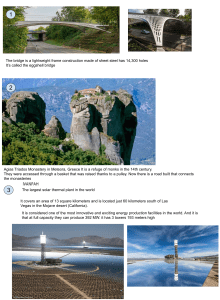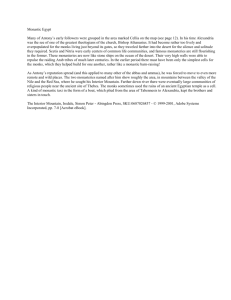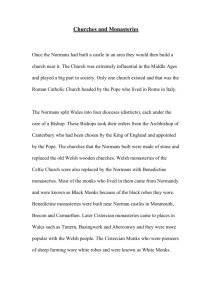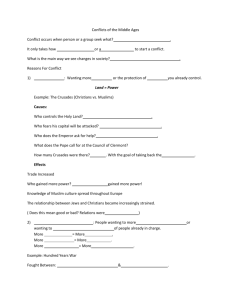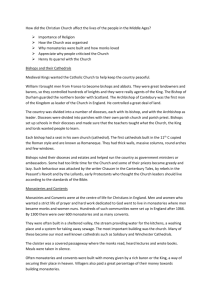The Incredible Meteora Monasteries - Blog Unsri
advertisement
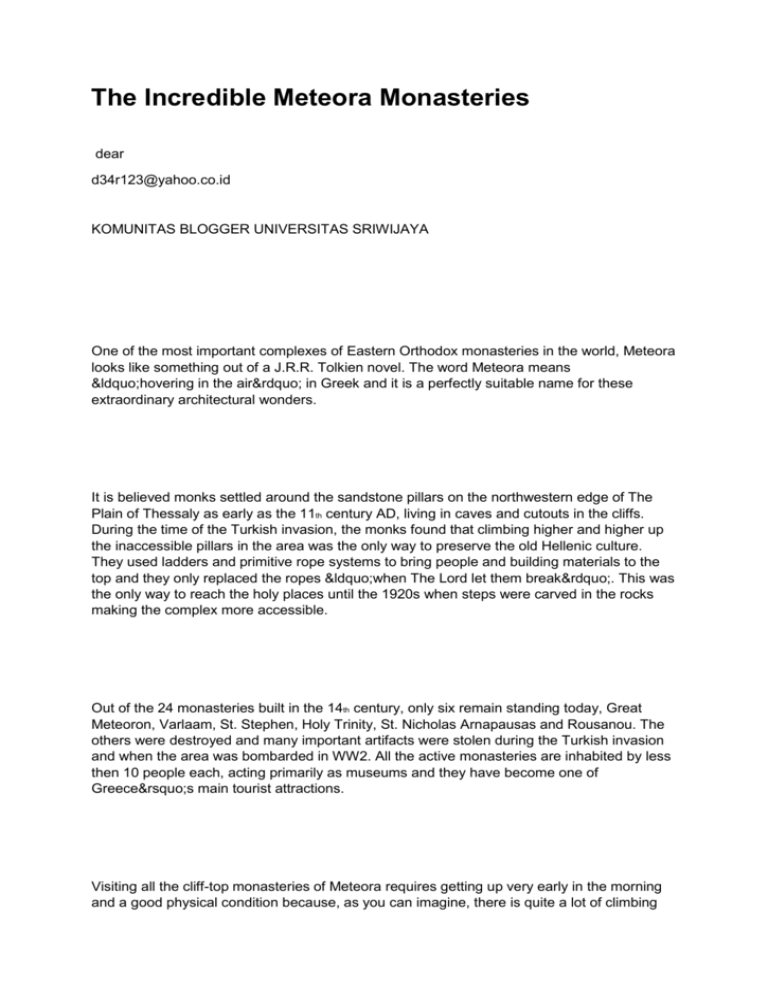
The Incredible Meteora Monasteries dear d34r123@yahoo.co.id KOMUNITAS BLOGGER UNIVERSITAS SRIWIJAYA One of the most important complexes of Eastern Orthodox monasteries in the world, Meteora looks like something out of a J.R.R. Tolkien novel. The word Meteora means “hovering in the air” in Greek and it is a perfectly suitable name for these extraordinary architectural wonders. It is believed monks settled around the sandstone pillars on the northwestern edge of The Plain of Thessaly as early as the 11th century AD, living in caves and cutouts in the cliffs. During the time of the Turkish invasion, the monks found that climbing higher and higher up the inaccessible pillars in the area was the only way to preserve the old Hellenic culture. They used ladders and primitive rope systems to bring people and building materials to the top and they only replaced the ropes “when The Lord let them break”. This was the only way to reach the holy places until the 1920s when steps were carved in the rocks making the complex more accessible. Out of the 24 monasteries built in the 14th century, only six remain standing today, Great Meteoron, Varlaam, St. Stephen, Holy Trinity, St. Nicholas Arnapausas and Rousanou. The others were destroyed and many important artifacts were stolen during the Turkish invasion and when the area was bombarded in WW2. All the active monasteries are inhabited by less then 10 people each, acting primarily as museums and they have become one of Greece’s main tourist attractions. Visiting all the cliff-top monasteries of Meteora requires getting up very early in the morning and a good physical condition because, as you can imagine, there is quite a lot of climbing involved. Also women must wear long skirts, these are provided by the monasteries if you are not dressed properly, and men must wear long pants and shirts with long sleeves. Regarding the formation of the huge rock pillars that act as foundation for the monasteries of Meteora, geologists have come up with several theories, of which Filipson’s seems the most plausible. According to this German geologist, this place was the estuary of a large river where stones and other materials were brought from central Europe. During millions of years the rocks were formed and strong winds and erosion gave them the shapes we see today. The forming process may be a little obscure but the end result is definitely mindblowing.
